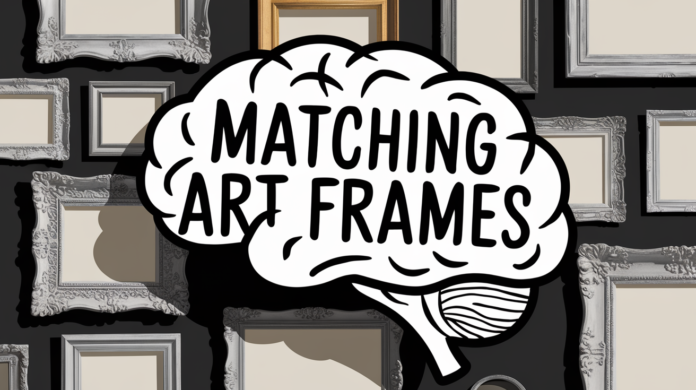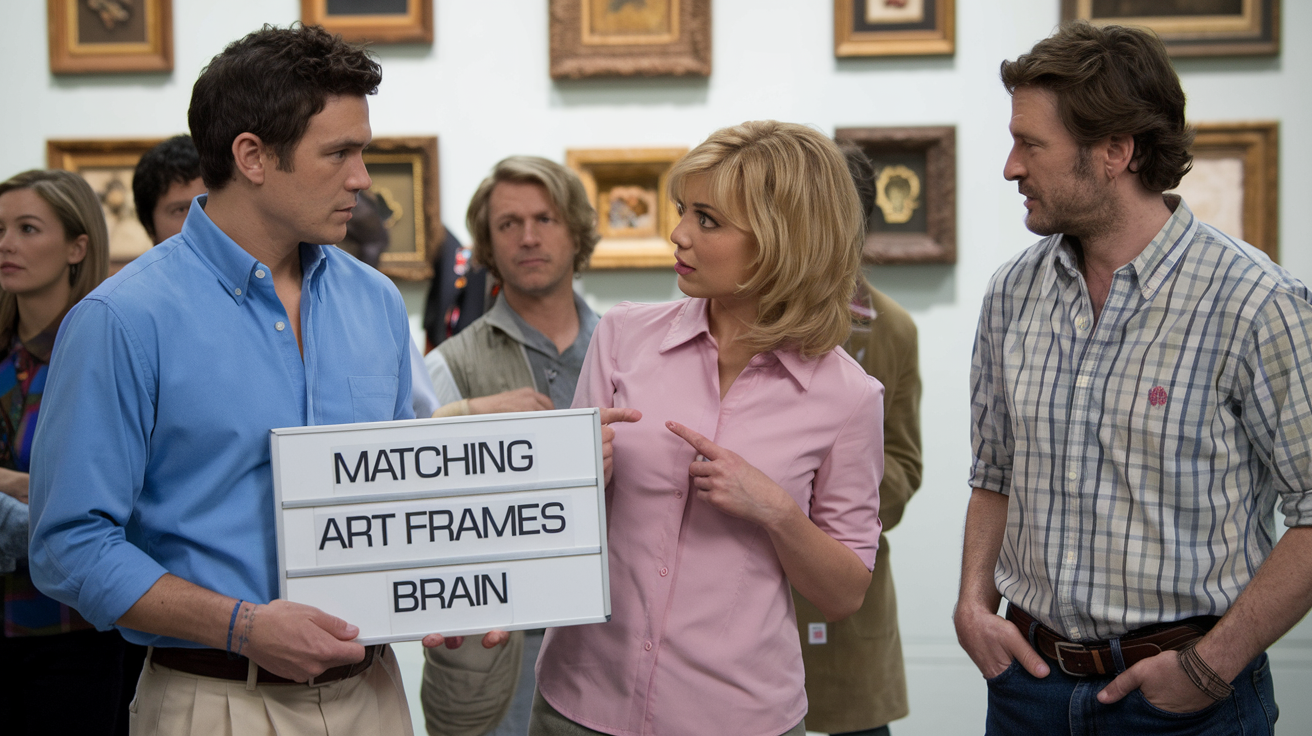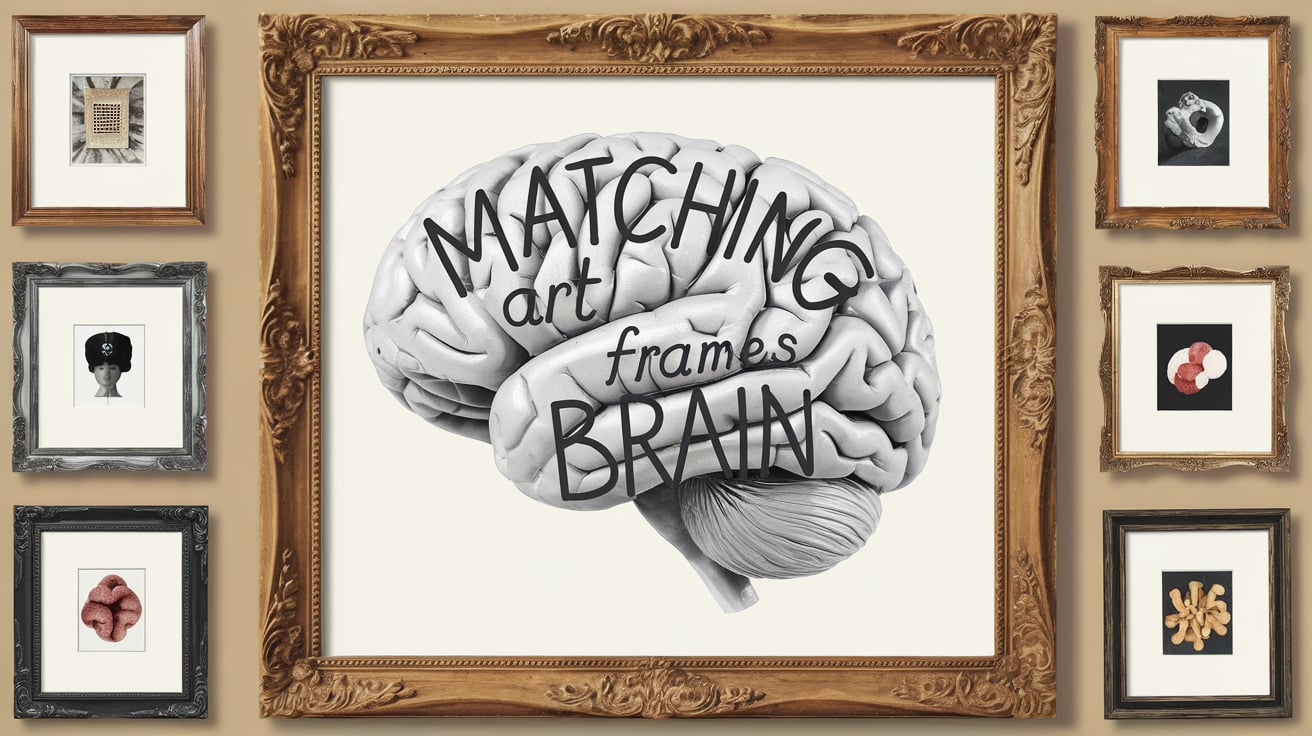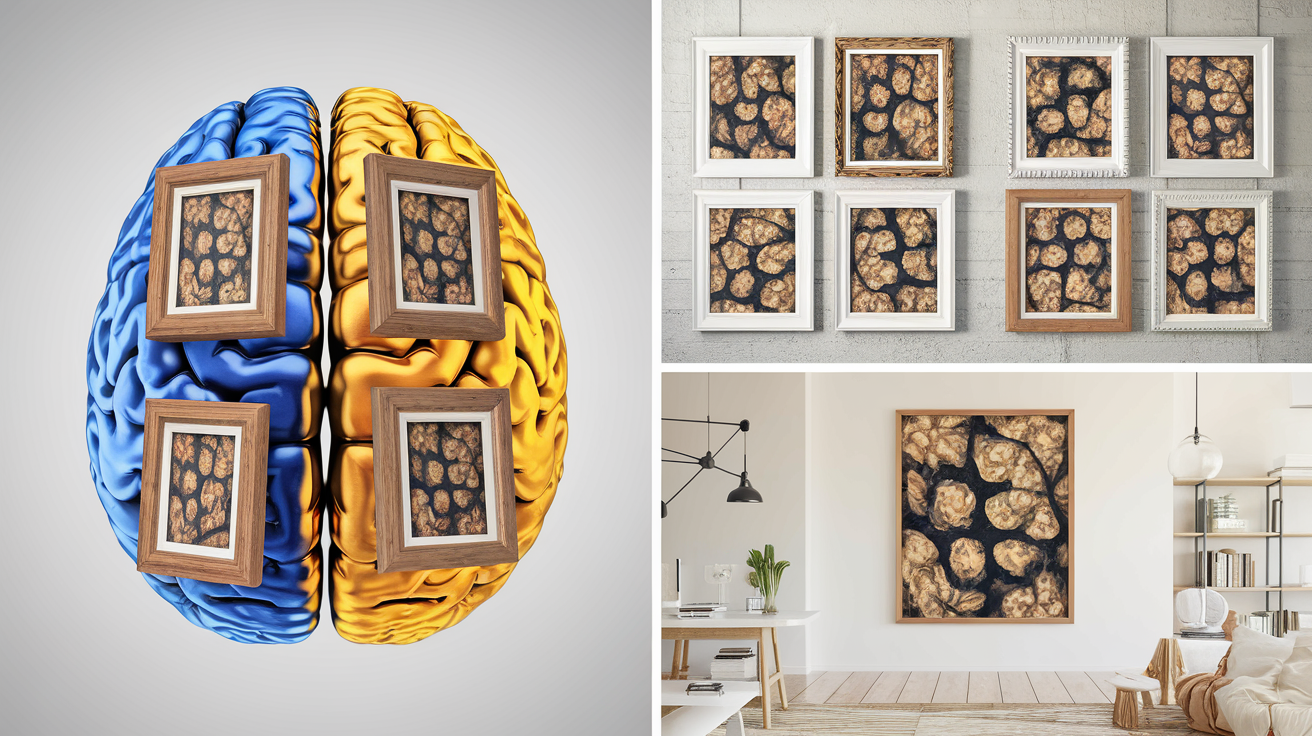Matching Art Frames Brain activity in surprising ways, linking design choices to how we think and feel. When you choose the right frame for a piece of art, it can make the artwork stand out while also influencing the way your brain processes it. This simple act combines creativity and psychology in fascinating ways.
Understanding how matching art frames brain function gives us insight into why certain designs feel more appealing. The right frame not only completes the artwork but also creates a harmony that affects mood and perception. Let’s explore how frames and the brain work together to create beauty and balance.
What Does “Matching Art Frames Brain” Mean?
The phrase “matching art frames brain” refers to how choosing the right frame for an artwork can influence our thoughts and emotions. A good frame not only highlights the art but also connects with our brain’s sense of balance and harmony. This connection can make art more enjoyable and meaningful to the viewer.
When we pick a frame, we often focus on colors, shapes, and textures that fit the artwork. These elements communicate with our brain, helping us process the image better. The result is an improved emotional and visual experience that enhances the beauty of the piece.
The brain loves order and patterns, and matching a frame to the artwork satisfies this need. When the frame complements the art, it creates a sense of completeness that feels right. This simple detail can make a big difference in how we perceive the artwork.
Why Frames Matter for Your Artwork and Your Mind
Frames play a key role in shaping how we see and feel about art. They act as a boundary, separating the artwork from its surroundings and directing attention to the details. For the brain, this framing helps focus on the art without distractions.
The right frame can also influence emotions. A sleek, modern frame might give a feeling of sophistication, while a rustic wooden frame can bring warmth and comfort. These effects happen because frames interact with how the brain interprets shapes, textures, and materials.
Choosing frames is not just about looks; it’s also about creating a connection. A frame that works well with the artwork creates harmony, making the art easier to appreciate. For both the artist and the viewer, the frame becomes a bridge that links creativity with perception.
Tips for Matching Art Frames to Your Space
Selecting the perfect frame can feel tricky, but a few simple tips can make the process easier. Think about your room’s style, the colors in the artwork, and the frame material. These factors work together to match the art and the space.
Key Tips to Consider
- Match the Frame to the Art Style: A classic painting may need an ornate frame, while modern art looks great with simple designs.
- Consider Room Colors: The frame should blend or contrast nicely with your wall color.
- Think About Size: A small artwork needs a thin frame, while larger pieces look better with thicker borders.
By following these tips, you can create a display that looks balanced and feels right. The brain responds positively to these thoughtful details, making the art more appealing.
The Connection Between Colors, Frames, and Brain Activity
Colors in art and frames can affect how the brain reacts to a piece. Frames with complementary or contrasting colors draw the brain’s attention and make the artwork pop. This connection between colors and brain activity is why matching art frames brain function becomes so important.
How Colors Influence Perception
- Warm Colors: Red, orange, and yellow frames bring energy and excitement to the art.
- Cool Colors: Blue, green, and purple frames create a calming effect.
- Neutral Tones: Black, white, and wood tones let the art shine without distraction.
Selecting the right color frame improves the viewer’s experience by aligning with the mood of the art. This harmony between frame and artwork enhances brain engagement, making the art memorable and enjoyable.
Conclusion
Matching art frames brain activity shows us how simple design choices can make a big impact. A good frame not only completes the art but also connects with how our brain processes what we see. By choosing frames carefully, we can create harmony and beauty that makes the artwork even more special.
Whether it’s colors, styles, or materials, frames work with art to create a story. They help us focus, feel, and enjoy the art in new ways. With the right frame, even a small piece of art can feel magical and unforgettable.
FAQs
Q: Why is matching art frames important for the brain?
A: Matching art frames helps the brain focus and creates a sense of balance, making the art more enjoyable to look at.
Q: How do colors in frames affect art?
A: Colors in frames can enhance or calm the mood of the art, depending on whether they are warm, cool, or neutral tones.
Q: What size frame should I choose for my artwork?
A: Smaller art looks better with thin frames, while larger pieces need thicker frames for proper balance.
Q: Can the frame style change how art feels?
A: Yes, modern frames give a sleek look, while traditional frames can make art feel timeless and classic.
Q: What are common mistakes in framing art?
A: Common mistakes include choosing frames that clash with the art, using the wrong size, or not considering the room’s style.







